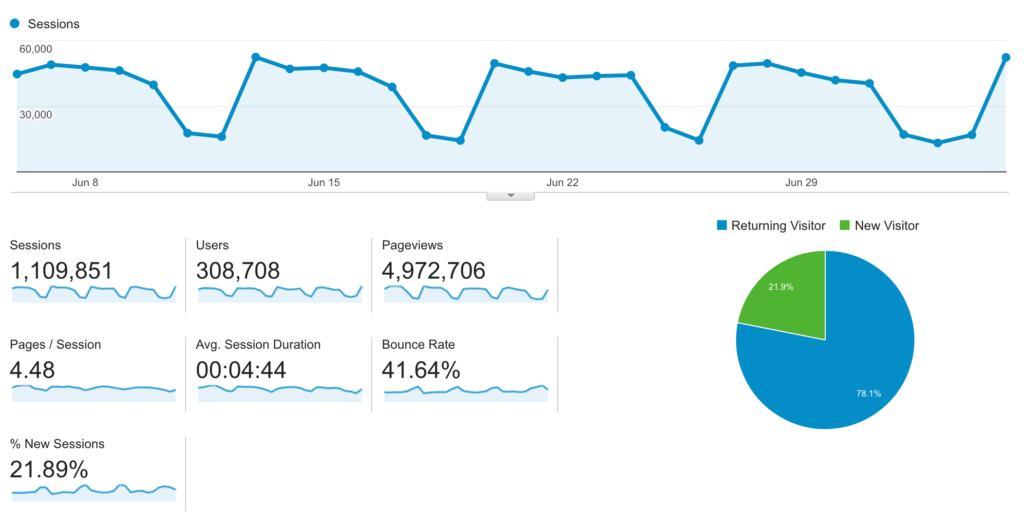
The barbecue conundrum
You’ve spent a week planning the perfect barbecue. The location is a prime spot on the beach, the weather at the 1PM kickoff will be sunny and warm, the food is purchased and ready for cooking, and the speaker setup will be absolutely killer. When the time arrives, you pack up your things and head to the spot.
When 1PM rolls around, none of your friends have arrived but you start cooking the food. The hamburgers are ready at 1:15PM, but there’s still no one in sight. At 1:30PM, you realize your mistake.
You never invited your friends. You didn’t tell anyone about the BBQ. You spent all that money, put in all that time, and nobody showed up because they didn’t even know it was happening.
Websites are like barbecues
The scenario above seems implausible, but it happens with websites all the time. Business owners and entrepreneurs with “the next big thing” burn through thousands of dollars developing their next great idea and forget about marketing, how they will attract and retain visitors, and how they’ll make money to sustain.
You can prepare the best BBQ ever, but if you don’t tell anyone about it, it’s worthless.
[bctt tweet=”‘You can prepare the best BBQ ever, but if you don’t tell anyone about it, it’s worthless.'”]
Continue reading “Build it and they will come: an (untrue) story” …






